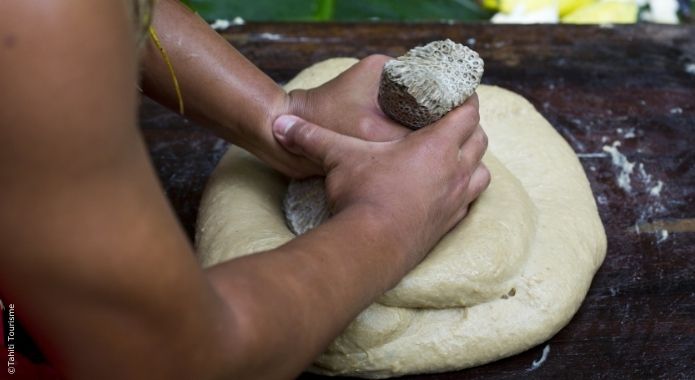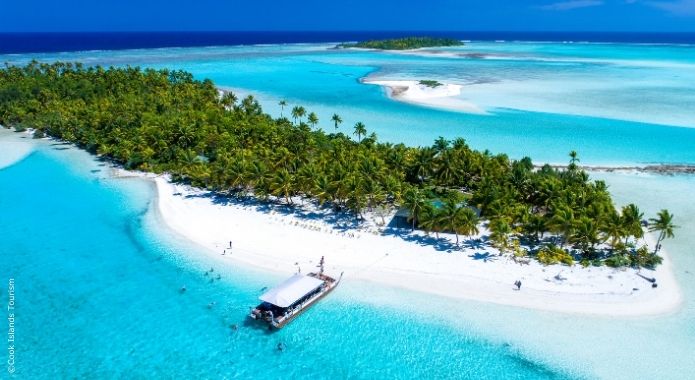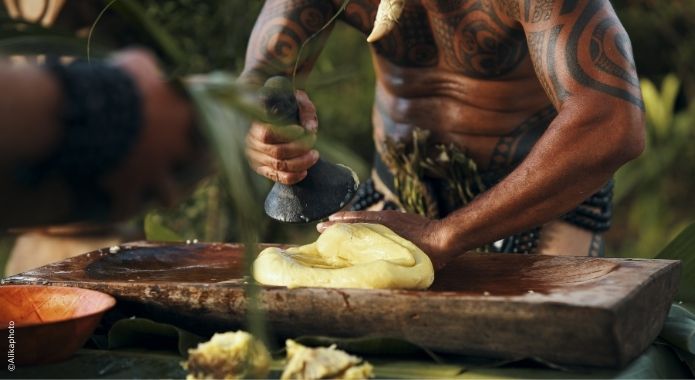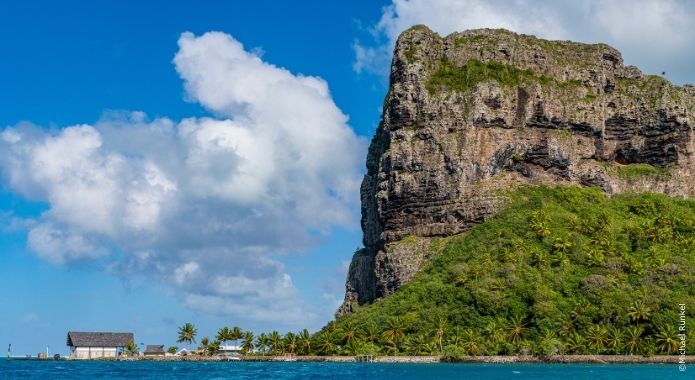Vols pour Raivavae
Vous rêvez de visiter l’une des plus belles îles du Pacifique ? Réservez votre vol pour Raivavae et partez à la rencontre d’une destination unique aux Australes.
Raivavae est une île haute entourée d’un ensemble de 28 îlots qui se partagent un lagon somptueux.
Avec votre billet pour Raivavae en poche, apprêtez-vous à visiter une île réputée pour sa tranquillité et sa sérénité, où il est agréable de randonner jusqu’à atteindre des points de vue panoramiques notamment en accédant au Mont Hiro. La Beauté naturelle de l’île vous laissera des souvenirs impérissables. L’eau cristalline, bordée de magnifiques plages de sable blanc, est un lieu de rêve pour profiter d’un lagon exceptionnel.
Lors d’excursions, vous pourrez vous rendre au célèbre “motu piscine”, une véritable piscine naturelle, observer une vie marine riche en couleurs, ou encore guetter les oiseaux majestueux lors de leurs sessions de pêche. Les férus d’histoire ne seront pas déçus puisque l’île dispose de plusieurs vestiges archéologiques tels que le dernier grand Tiki de l’île, des pétroglyphes et des marae, tandis que vos guides vous enchanteront avec les légendes de leurs fiers ancêtres.
Comme toutes les îles des Australes, Raivavae dispose d’une culture riche et authentique, qui vous impressionnera.
Lors de votre séjour à Raivavae, vous aurez également l’opportunité de découvrir un artisanat unique et notamment des c pirogues cousues en bois.
Profitez des nombreuses rotations d’Air Tahiti pour trouver un vol pas cher vers Raivavae, notamment grâce au Air Tahiti Pass.
Bon voyage aux Australes !
 Informations pratiques
Informations pratiques
L'aéroport de Raivavae
L'aéroport de Raivavae se trouve à environ 10 minutes en voiture du village principal.
Il n'y a pas de service de navettes. Afin de faire la liaison avec le village, il faut donc prévoir un transfert en voiture.
Si vous vous rendez dans un hébergement touristique, renseignez-vous auprès de vos hôtes afin que ceux-ci assurent votre transfert aller et retour.
Services disponibles
- Agence Air Tahiti
- Snack
- Exposition artisanale
- Toilettes
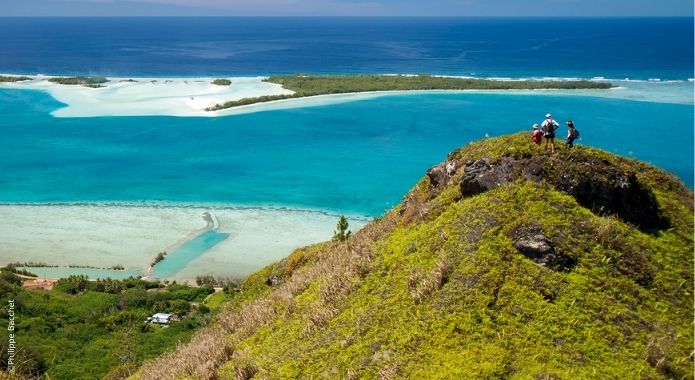
Population : + 905 habitants
Superficie : 16 km² (6,18 sq. miles)
Village principal : Anatonu
Durée de vol minimum : 1h55
Distance de Tahiti : 730 km
Raivavae est réputée pour son lagon, considéré comme un des plus beaux lagons du monde.
"Ia oga na" veut dire "bonjour" et "mauguugu" veut dire "merci", en langue Raivavae, en effet le « r » du tahitien est remplacé par le « gue ».
L’île fut « découverte » en 1775 par le navigateur espagnol Thomas Gayangos et fournissait du bois de santal aux négociants européens au début du XIXe siècle. Le bois de santal de Raivavae est une espèce endémique, donc unique au monde.
Air Tahiti magazine
 Les bonnes raisons d'y aller Raivavae
Les bonnes raisons d'y aller Raivavae
Les bonnes raisons d’y aller
- Une des plus belles îles du Pacifique sud : lagon époustouflant, relief verdoyant, « motu » de sable blanc, dont le fameux « motu piscine ».
- Une culture riche : grand « tiki », vestiges archéologiques, petites pirogues cousues, villages aux couleurs pastel.
- Un jardin merveilleux : climat tempéré et sols fertiles propices aux cultures fruitières et maraîchères.
- Un accueil authentique et des activités diversifiées.
A ne pas manquer
- Les splendides plages de sable blanc sur les « motu »,
- Le centre artisanal,
- Le dernier grand « tiki » encore présent sur l'île, près de Mahanatoa,
- La vue au sommet du mont Hiro,
- Les sites archéologiques,
- Les grottes de Anapoiri et Anapio.

 Vous aimerez peut être
Vous aimerez peut être
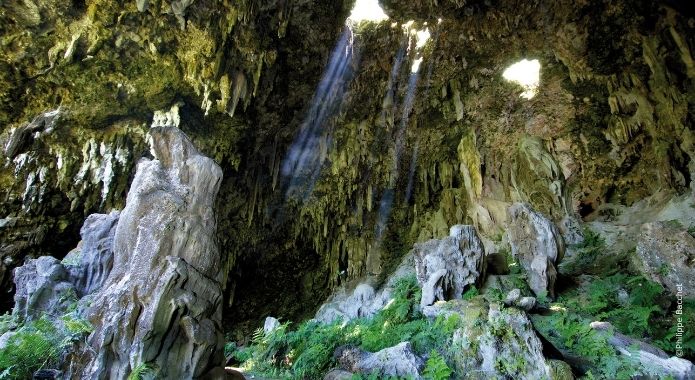
Rurutu
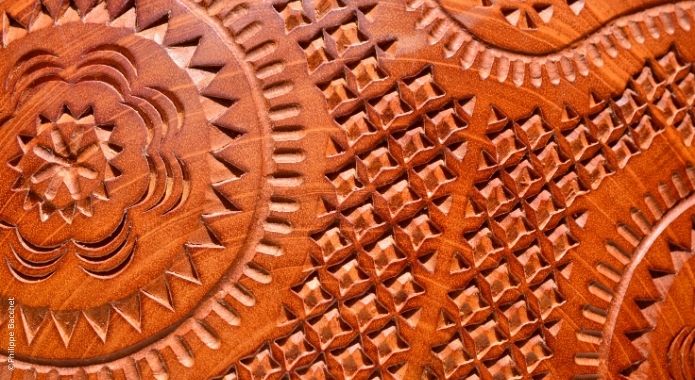
Tubuai
